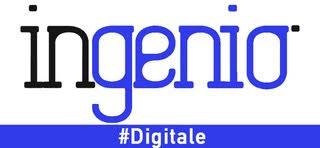Modelli informativi “predigitali” e loro recenti sviluppi: dal Raumbuch al BIM
Modelli informativi “predigitali” e loro recenti sviluppi: dal Raumbuch al BIM
Abstract
The digital tools are usually more efficient, as much as a solid sorting logic is consolidated behind them. This logic is often formed through a long practice with similar non-digital tools.
This paper presents a comparative discussion between BIM and Raumbuch, as tools for survey, study and design for heritage buildings. A early history of Raumbuch is summarized and some of the fundamentals of such technical tools are discussed. The Raumbuch is a tool for analysing and sorting huge amounts of information about a building. It originated in late XIX century, within a field of application between architecture and archaeology. The Raumbuch has more recently been spread as a tool for organizing a building survey or design. Heritage buildings have represented a specific field of application. Many experiences have concurred to consolidate and refine this methodology, particularly in the German speaking area. Some controversial outputs may also emerge when Raumbuch has being developed basing on a building information modelling. A cross-fertilization process has to be encouraged to overcome language differences and some cultural laziness. Research will achieve positive results.
 Tratto dal Convegno
Tratto dal Convegno
Modellazione e gestione delle informazioni per il patrimonio edilizio esistente
Built Heritage Information Modelling/Management – BHIMM
Politecnico di Milano, 21/22 GIUGNO 2016
